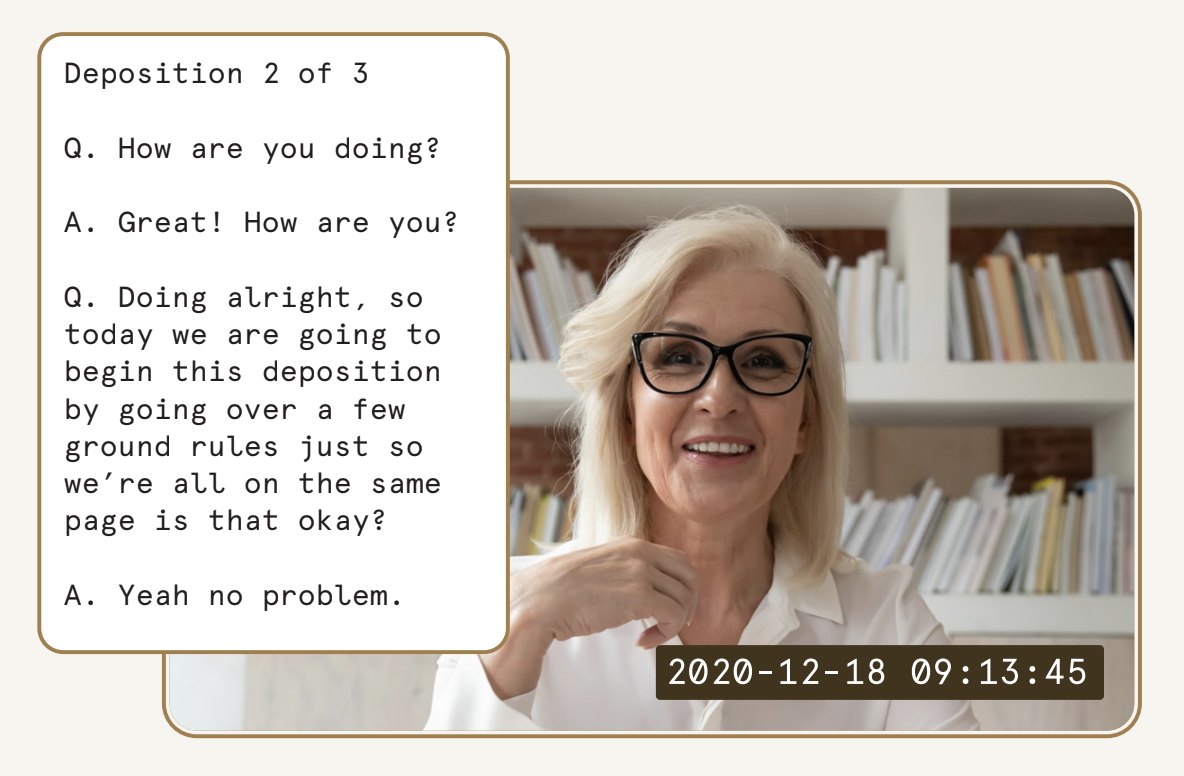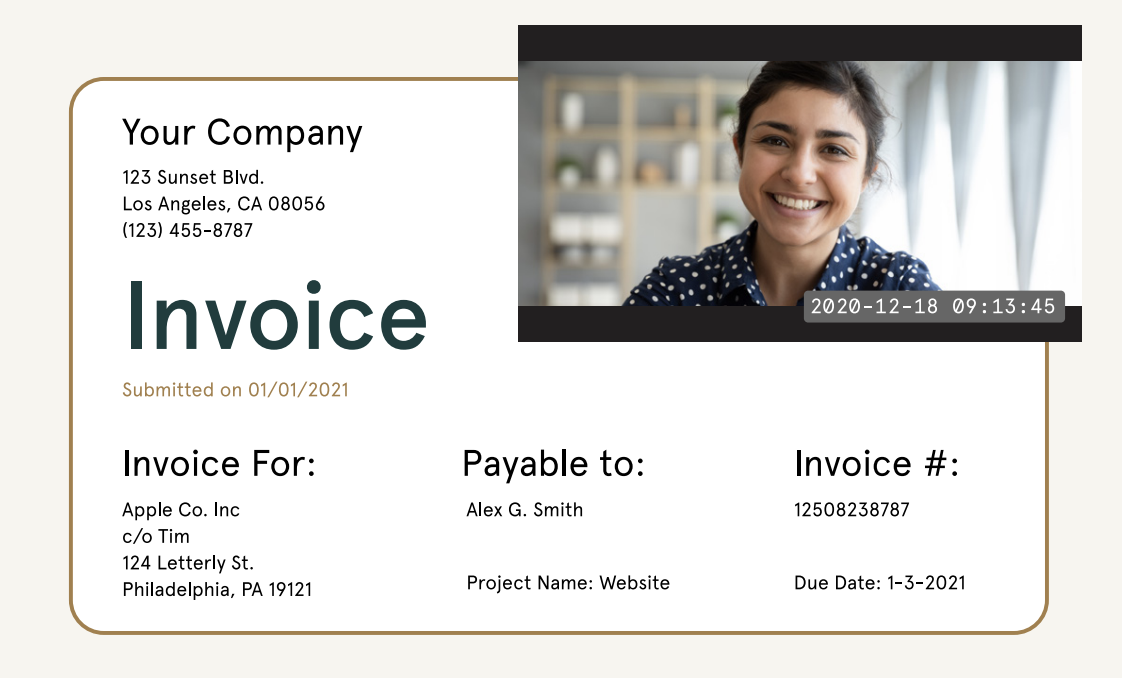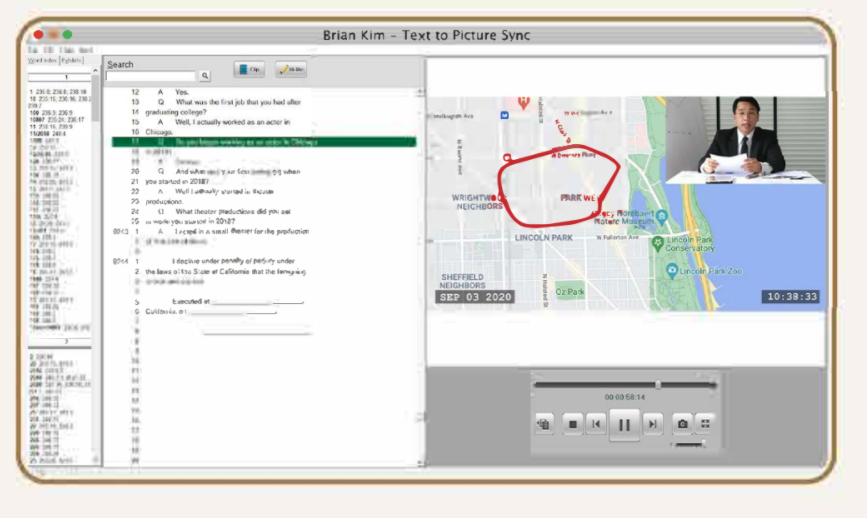
3 minute read
Advancements in Virtual Deposition Technology Are Here to Stay
Even before the COVID-19 pandemic, the court reporting industry was embracing changes to the way technology was being used to make the delivery of these services more efficient when there is a need to take testimony in a remote environment.
Technology has always been a critical component in court reporting, and the pandemic made it even more important when most of the workforce became remote. Although some areas of the country are starting to return to more in-person work environments, surveys have shown that we should still expect to have a large remote workforce in the future.

What to Look for in a Remote Litigation Software Solution
Many of us during the pandemic became intimately familiar with popular web-based videoconferencing platforms, such as Zoom or Microsoft Teams.
While these tools work well for basic video meetings in the business world, they were not designed specifically for litigation and certainly not for remote court reporting services.
Utilizing a court reporting service that has developed video conferencing technology specifically for litigation will be critical as we move forward in this increasingly remote industry.
A remote litigation software solution designed with the lawyer in mind must have
- Seamless exhibit sharing, opening, viewing, and numbering directly within the platform
- Participant view prioritization should be considered a must-have for today's litigation attorneys.
- Live technology support
- Ease of access, web-based user interface
Finding a product that emulates the experience of in-person litigation is paramount.
.png?width=900&name=Untitled%20design%20(19).png)
Getting the Most From Your Court Reporting Agency
Once testimony is complete and the court reporter prepares the transcript for delivery, utilizing the right technology again plays a key role. The taking attorney should have options provided by their court reporting agency.
In addition to the reporter’s transcript, your agency should be able to deliver a standard video of the witness with their name, the date, and time stamps. They should also have the technology to provide more sophisticated deliverables such as video with text synching.
This will allow you to sync your video with the transcript, meaning the video will play as the transcript scrolls. Viewers can follow along with the testimony word by word. This is a great way to create clips for use at in-person or remote trials.

Another vital trial tool is picture-in-picture video editing. Your court reporting agency can edit a video that features the deponent video overlaid onto the exhibit so the judge and jury can see their reaction to the exhibit as they view it too.
These clips should be created for all the critical moments in the testimony because they have proven to be very compelling to juries at trial.

Text-to-picture-in-picture sync includes all the benefits of standard video and picture-in-picture plus:
- The attorney can see the current presented exhibit with a live reaction from the witness
- The attorney can easily navigate to different segments of the video by clicking on the transcript that has been synced to the picture-in-picture video

By partnering with the right court reporting agency with videoconferencing technology specifically designed for litigation, you can continue taking depositions, without the time and travel expenses, with people who are out of the state or country.
As you prepare for your next deposition, consider the benefits of conducting it remotely and check out our complete guide to strengthen your case with virtual discovery.
Get the latest from The Brief directly in your inbox
Our contributors are subject matter experts in court reporting, legal technology, and litigation finance.
AVAILABLE NATIONWIDE
The court reporting you need. The service you deserve.

Recommended for you:


How a Highly Trained Legal Video Team Makes Your Deposition Experience Seamless
Steno is focused on offering the best customer experience for every client, every time. Employees...
Read Blog Post
How This Successful Trial Attorney Kept His Case Moving with a Remote Bench Trial
The Superior Court of Los Angeles County, the largest trial court in the nation, still has...
Read Blog Post




.png)


.png)